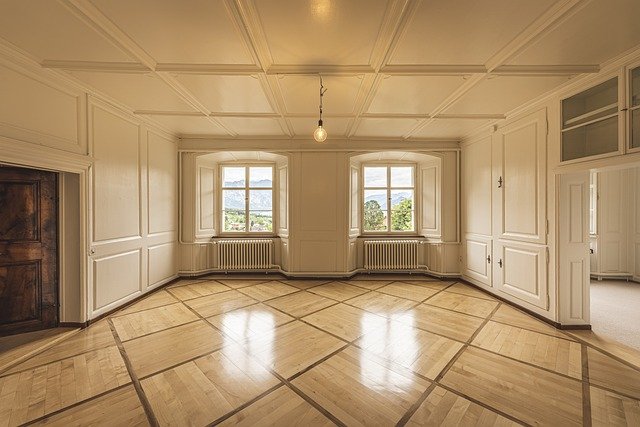"Modernizing the Ancient: Revitalizing Historical Buildings for Today's Real Estate Market"
In the vast realm of real estate, one topic that often goes overlooked is the potential for repurposing historical buildings into contemporary assets. The process, although challenging, can yield distinctive properties that blend architectural charm with modern amenities, providing unique investment opportunities.

The Historical Context and Key Developments
Historical buildings carry a legacy that cannot be replicated by new constructions. They hold stories of the past, reflecting different architectural styles and periods. However, over time, many of these buildings fall into disrepair due to neglect or lack of resources for preservation.
The trend of revitalizing historical buildings has been gaining momentum over the past few decades. Governments worldwide have realized the benefits and have enacted laws to support their preservation. These range from tax incentives to grants, providing financial support to investors willing to undertake the endeavor.
Current Market Trends and Analysis
The demand for properties with a unique character and historical significance is on the rise. Buyers appreciate the blend of historical charm with contemporary functionality, making these properties an appealing choice. Moreover, from an investment perspective, these properties often offer a higher return on investment compared to new constructions.
However, the process of revitalizing a historical building is not without its challenges. It requires careful planning, a deep understanding of the structure’s historical context, and adherence to preservation guidelines. Despite these complexities, the potential rewards make it an attractive strategy for seasoned investors.
The Potential Impact on Buyers, Sellers, and Investors
For buyers, historical properties offer a unique living experience that combines the charm of the past with modern amenities. Sellers, on the other hand, can command a premium price due to the property’s uniqueness and cultural significance.
Investors stand to gain from the trend of historical building revitalization. These properties often yield higher rents and maintain their value better during market downturns. However, investors must be prepared for the complexities involved in restoring and maintaining such properties, including compliance with preservation regulations.
The Practical Approach to Revitalizing Historical Buildings
Revitalizing historical buildings requires a well-planned approach. It starts with understanding the building’s historical context and architectural importance. The next step involves a thorough assessment of the structure’s condition and the extent of repairs needed.
Financing is another critical aspect. Investors must explore various funding options, including government grants and tax incentives. Lastly, the restoration work should be entrusted to professionals with experience in dealing with historical properties. This will ensure the preservation of the building’s historical character while adding modern functionality.
Conclusion
Revitalizing historical buildings is an exciting realm within the real estate industry that offers unique opportunities for buyers, sellers, and investors. While it comes with its challenges, the potential rewards make it a worthwhile venture. As the trend continues to gain momentum, it will undoubtedly reshape the real estate landscape, breathing new life into the echoes of the past.




